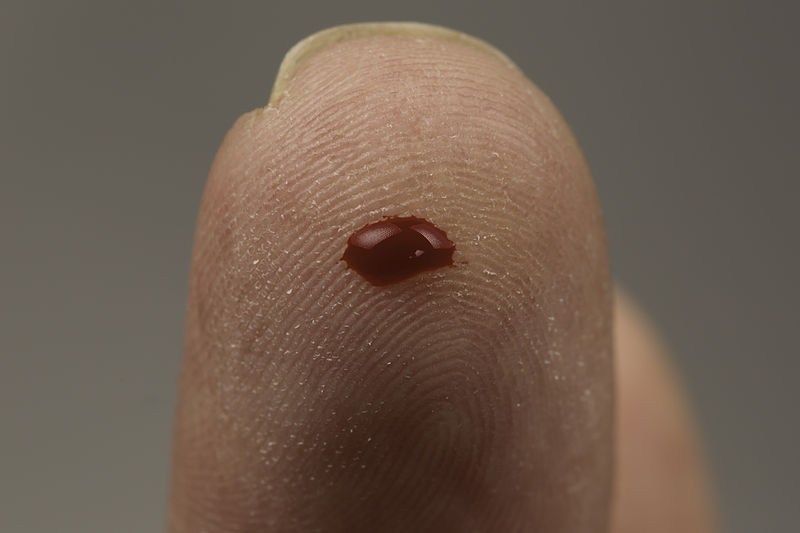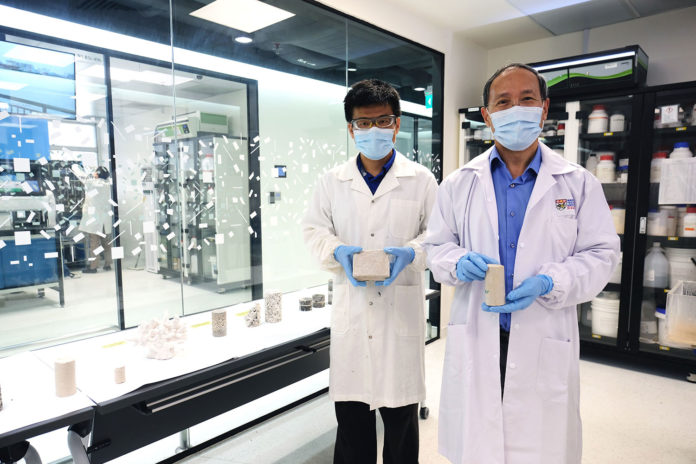WHOI Researchers Make Breakthrough Discovery
Scientists at the Woods Hole Oceanographic Institution (WHOI) have made a groundbreaking discovery: a new type of biodegradable plastic that breaks down in the ocean significantly faster than paper. This breakthrough offers a potential solution to the global plastic pollution crisis.
Traditional biodegradable plastics often struggle to decompose in marine environments. This is especially true due to the lack of oxygen in deep-sea sediments. However, the WHOI research team has developed a polymer that can rapidly degrade even under these challenging conditions.
Fastest-Degrading Bioplastic Material Tested
After years of testing, researchers found that a new version of CDA is the fastest-degrading bioplastic material tested in seawater. This discovery shows great potential as a substitute for other foam plastics like Styrofoam, which can persist in the environment for many years. The team found that incorporating small pores—through a process called foaming—into CDA significantly accelerated its degradation, making it 15 times faster than solid CDA and even quicker than paper.

Polystyrene, also known as Styrofoam, may change shape, but does not biodegrade at all after 36 weeks in seawater (WHOI)
Simulating Ocean Conditions in the Lab
The study, conducted in a lab using seawater from Martha’s Vineyard Sound, simulated ocean conditions by controlling variables like light and temperature.
In January of this year, the findings of a previous 16-week WHOI study were released. That study used the same seawater tank and compared eight different straws made of CDA, polyhydroxyalkanoates (PHA), polylactic acid (PLA), polypropylene (PP), and paper. The PLA and PP straws showed no measurable sign of degradation, while the others degraded by up to 50%.
Foam CDA Outperforms Solid CDA and Paper Straws
Researchers found that foam CDA degraded 190% faster than solid CDA and even outperformed paper straws, prompting a focused study on foam CDA’s potential.
This research marks a major advance in sustainable materials, offering hope for cleaner oceans. As scientists continue to explore this biodegradable plastic, more innovative uses are expected to emerge in the future.







